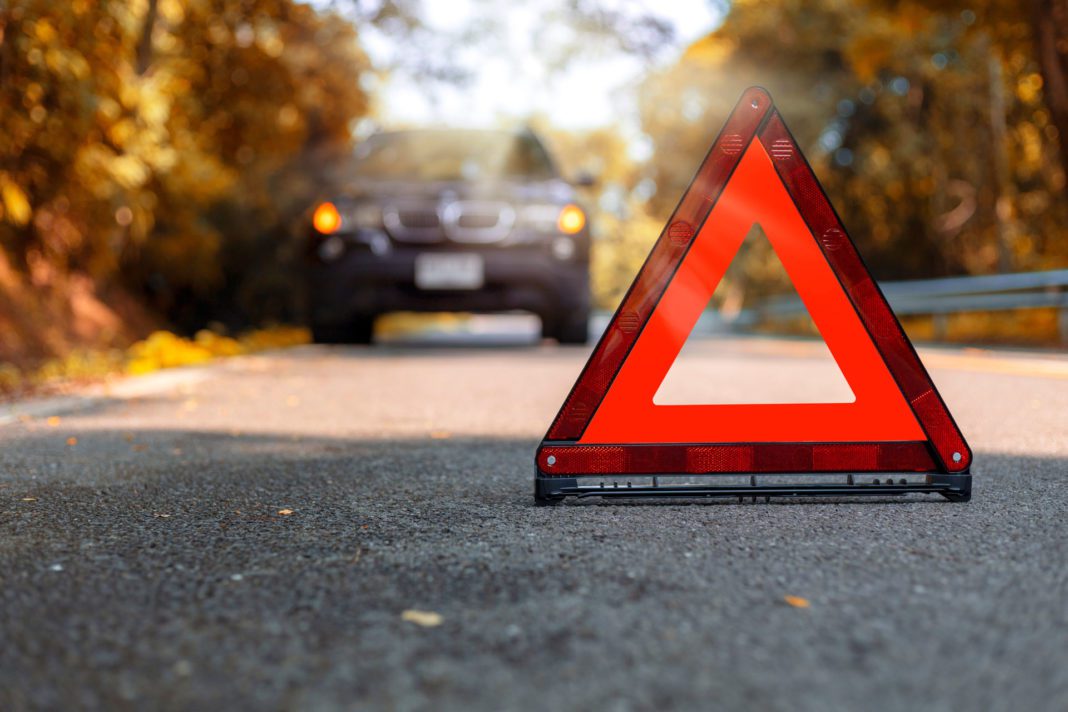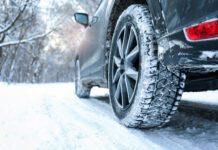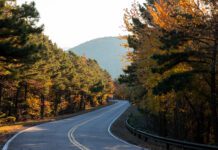Cooler temperatures bring out the desire to hit the open road, visiting well-loved places in Oklahoma and finding new spots to make memories.
Leslie Gamble, manager of public and government affairs for AAA Oklahoma, gives a few tips on driver safety before embarking on your next road trip.
“No one ever plans to have car trouble or find themselves in a crash,” she says. “Yet, in Oklahoma alone, AAA provided roadside rescue services for nearly 81,000 motorists between Memorial Day and Labor Day last year.”
The side of the road is one of the most dangerous places to be, she says.
“If you experience a vehicle problem, pull off the road, as far as possible away from traffic,” she advises. “Turn on your hazard [flashing] lights. Many motorists don’t follow Oklahoma law and move over – a lane away – from a vehicle with flashing lights on the roadside or the shoulder. It’s risky just to get out of your vehicle to try to determine what’s wrong.”
Cars are more likely to break down in excessive heat or cold, she says.
“Although it may seem obvious, be sure your car has plenty of gas in extreme temperatures. Becoming stranded because you have run out of fuel in these conditions is not just inconvenient, it can be life threatening,” she says.
Gamble also mentions that having a back-up plan can save time and keep you safe.
“Those who have a roadside assistance plan, like AAA, can rest assured they are only a call away from help,” she says. “Always have a fully-charged cell phone with you when driving and have a phone charger as well. Call for help and wait inside the vehicle.”
Minor Accidents
In the event of a fender bender or other small car accident, Allen Rock, an insurance manager with AAA, offers a few tips.
“First, make sure no one is injured,” he says. “If there is any concern [about injuries], call 911 immediately. Pull off to the side of the road or into a neighborhood or parking lot, if possible. Get yourself and your passengers out of the way of any oncoming traffic to protect your safety.”
Rock urges owners to take photos of the damaged vehicle and be sure to obtain auto insurance information from all drivers involved in the collision. This includes each person’s name and phone number, as well as their insurance companies and policy numbers. If an individual does not have insurance information, get their name, phone number, address, driver’s license number and car tag number.
“Provide your insurance information to those involved,” he continues. “Never admit fault. Let police and claims adjusters do their work. Contact the police so you can have a police record of the incident, especially on public roads. Notify your insurance agent to discuss the incident once you are in a safe place and have wrapped up details at the scene of the crash.”
Must-Have Items for the Car:
Cell phone and charger
Jumper cables
Flashlight and batteries
Bottled water
Non-perishable snacks
In winter: jacket, hat, gloves, blanket, de-icer

























